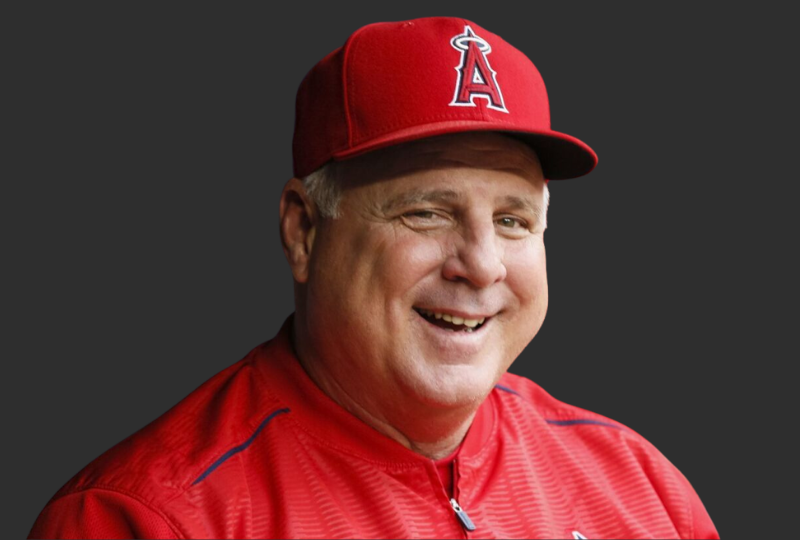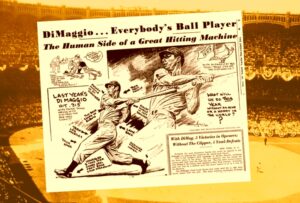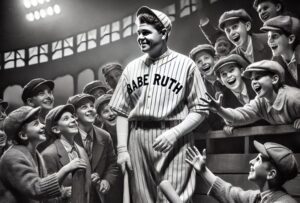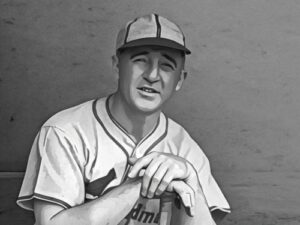The following story is about baseball, but it also could be about a business or any other organization. You’ll see that leadership styles are not set in stone, but can change over time. As we look at the 4 different styles of leadership and how they have affected organizations from Sports to Politics, we will see how the scarcity mindset has impacted these leaders and their decisions.
Mike Scioscia (Angels) Style: A Relentless Focus on Strategy
Mike Scioscia is a baseball manager. He has been the manager of the Los Angeles Angels of Anaheim since 2000, and as a result, and you can see various personal leadership essay examples about his success, where he will be the main example!
Scioscia’s style is focused on strategy. In fact, he even has his own strategy called “The Plan” that he uses when managing his team. This plan starts with finding a team player who is selfless, honest and hard working. Then you find another person who can lead by example (this person must be strong in both intellect and character). Finally, you need someone who has an eye for talent to fill out your roster as needed throughout your season or career as baseball manager.
Autocratic: New York Yankees
When you think of the New York Yankees, you probably think of a business or sports team with a hierarchical structure. The top management makes decisions and then passes them down to lower levels of management. This style of leadership involves fewer people being involved in decision making, but it can come with its own set of challenges. For example, if the top management makes an error in judgment or gets too far ahead of their subordinates, they may have difficulty getting everyone on board with the change. If all goes well with this kind of leadership style though, it can be very successful!
Leaders using this method have been known to inspire loyalty and camaraderie among their followers because they can use their standing within sports teams or businesses as leverage when giving orders or making suggestions for improvement
Democratic: Houston Astros
The democratic style of leadership is one in which the leader delegates authority and allows others to make decisions. The leader can be a strong presence, but this approach is distinguished by his or her willingness to allow others to take the lead.
Houston Astros manager A.J. Hinch is an example of this approach. As the team’s skipper since 2014, he has been able to develop a strong rapport with his players while also allowing them significant freedom on the field. In addition, he does not micromanage their actions—he does not tell them when to bunt or where exactly in the field they should play (although he will occasionally give suggestions). Instead, he asks questions like “How do you feel about doing x?” or “What do you think would work better than y?” He gives them enough leeway that they can make their own calls and even disagree with him if necessary; after all, who knows better than a player what works best for him?
Transformational: Chicago Cubs
If you want to see a team in action, look no further than the Chicago Cubs. The Cubs are an excellent example of a team that has transformed itself and become an organization with a proven winning strategy.
Like many teams, their leader is able to inspire the team with his vision. This can be demonstrated by the strong leadership skills of Joe Maddon and his ability to instill confidence among players on important issues such as bullpen management or lineup construction (a topic we will touch on later). However, being able to inspire an entire workforce is not enough; you must have effective execution as well. This is where the Cubs truly shine: they have an excellent strategy, but they also have the right people in place to execute it!
There are many different leadership styles, and all of them have their pros and cons. The most important thing is to find the one that works best for you, your team, and your business goals.






